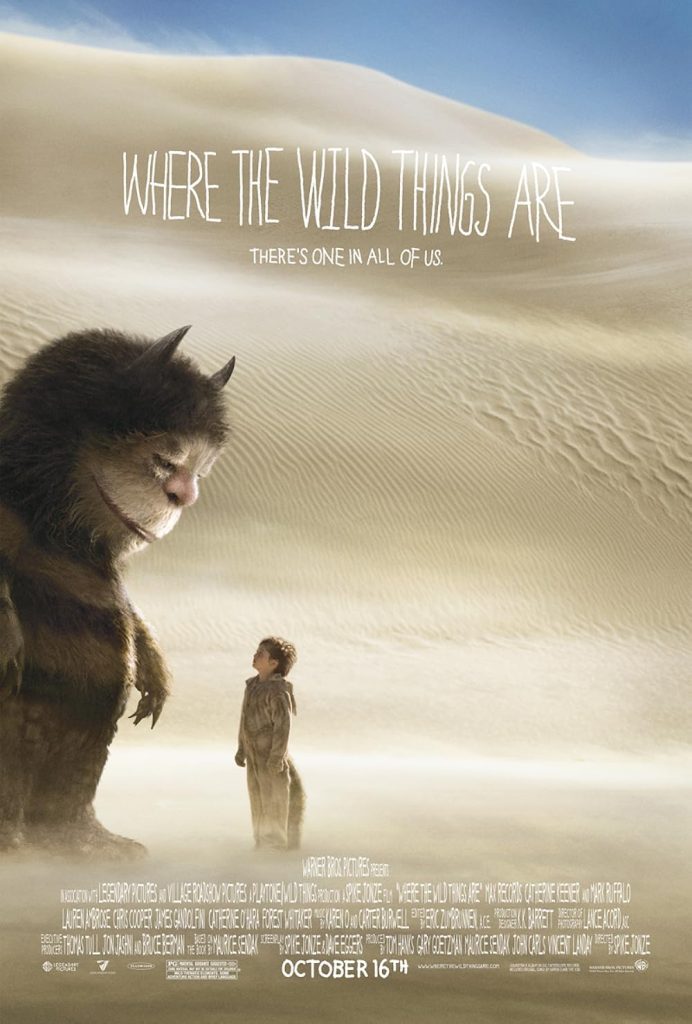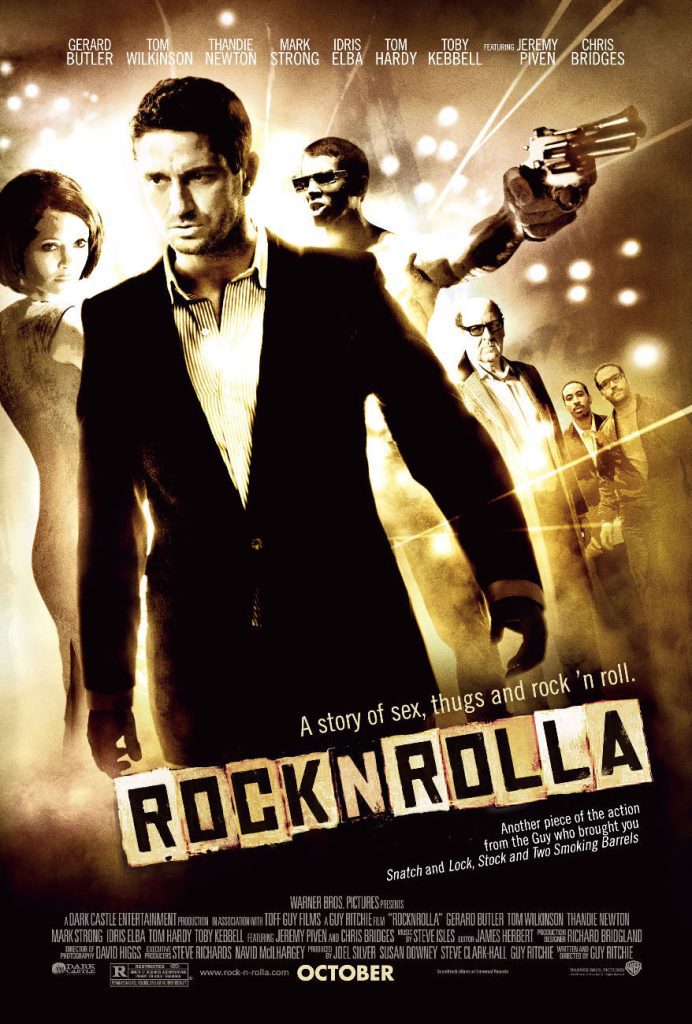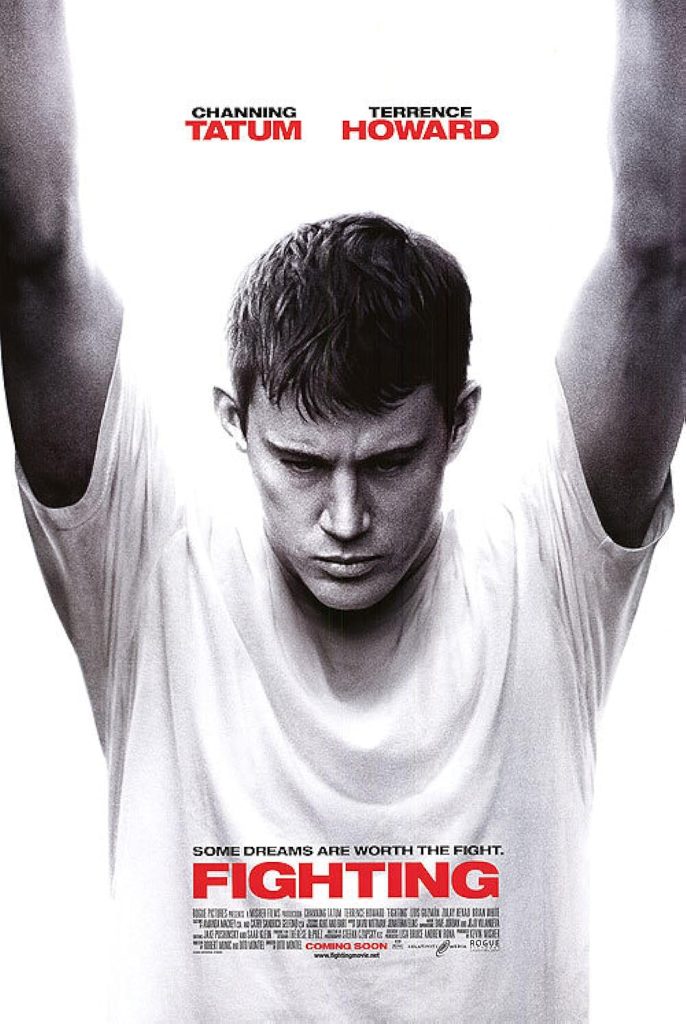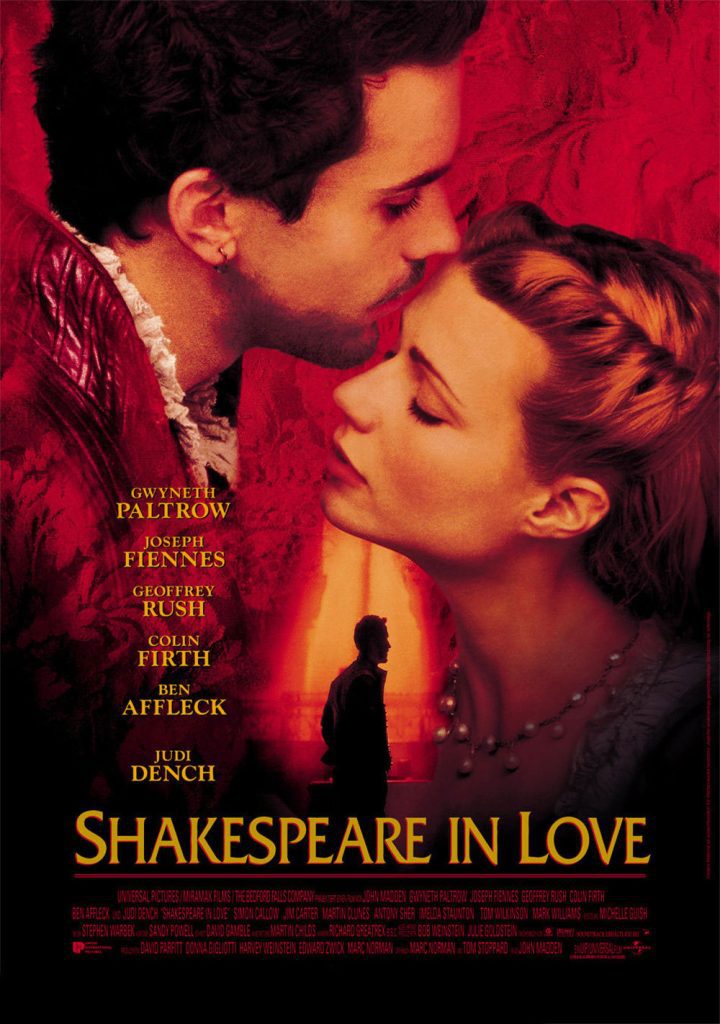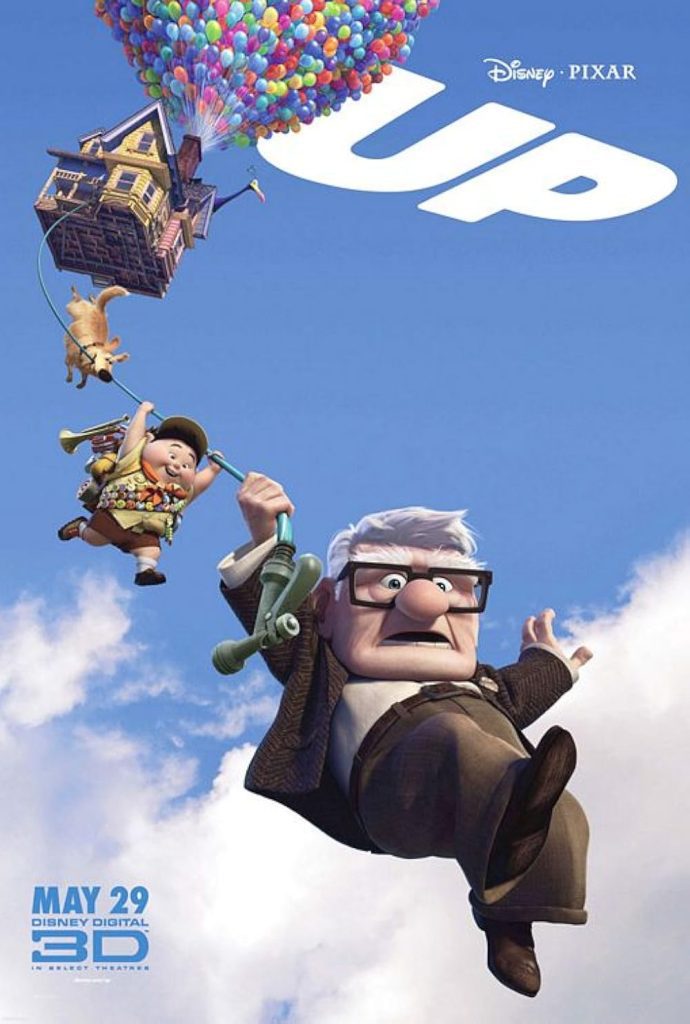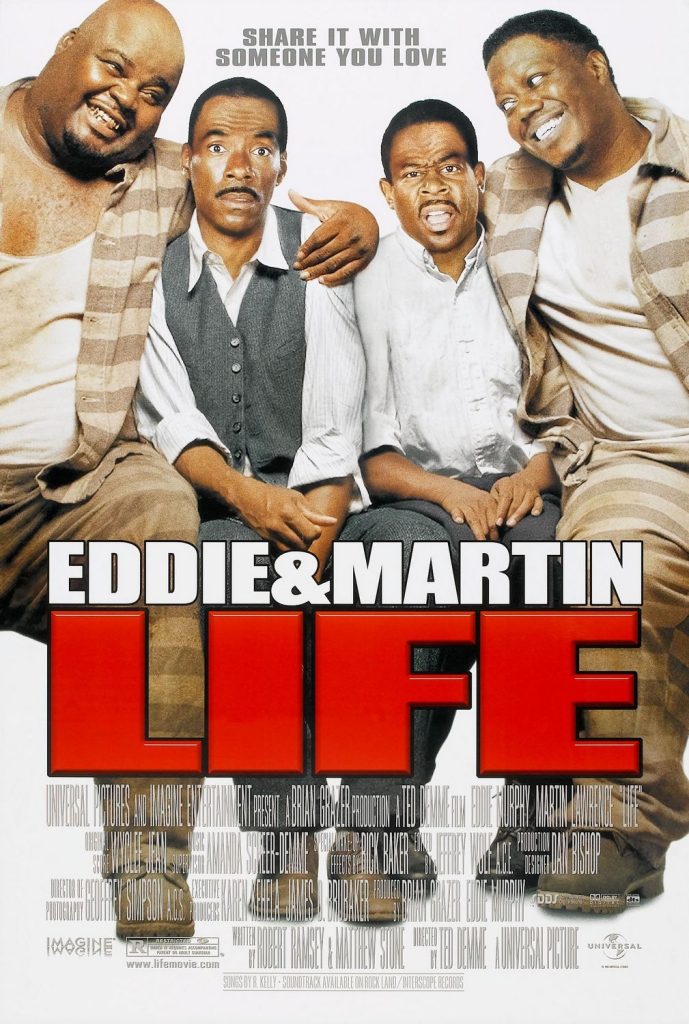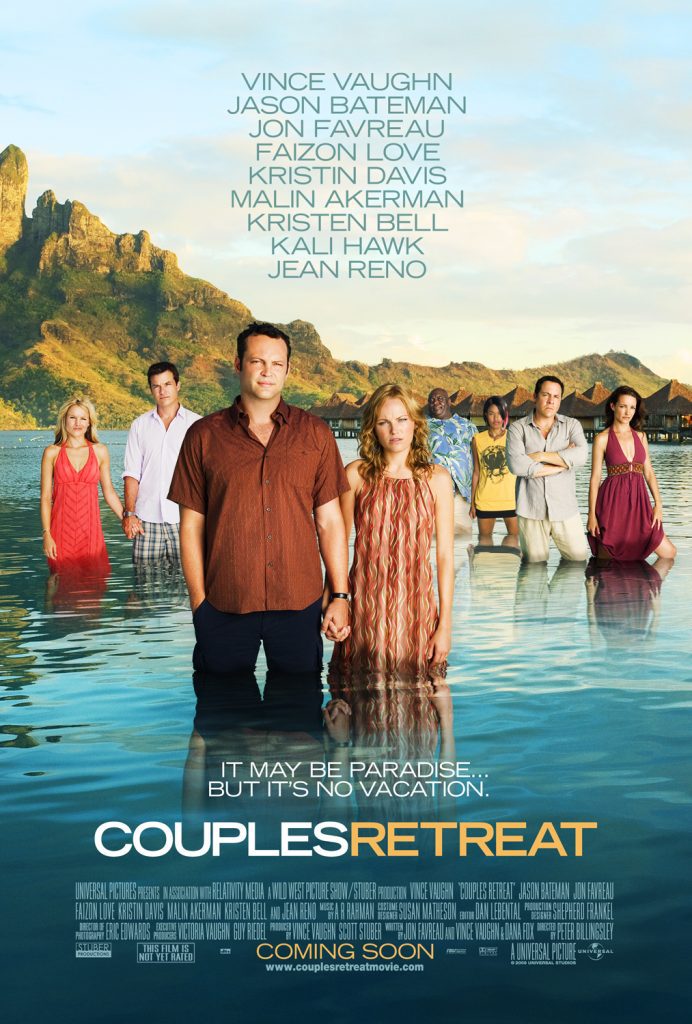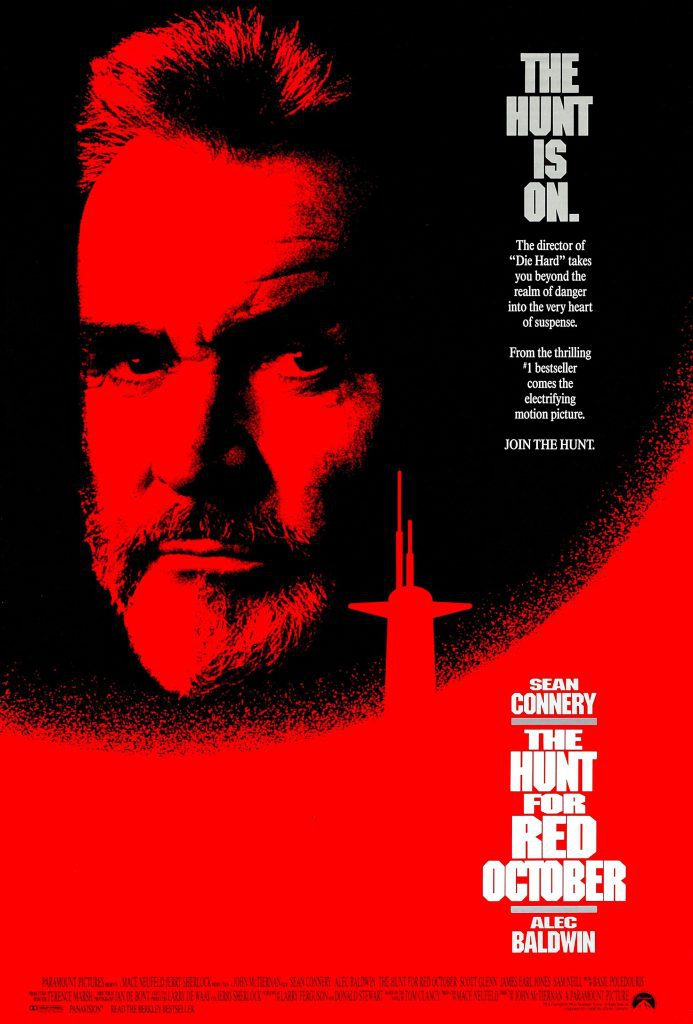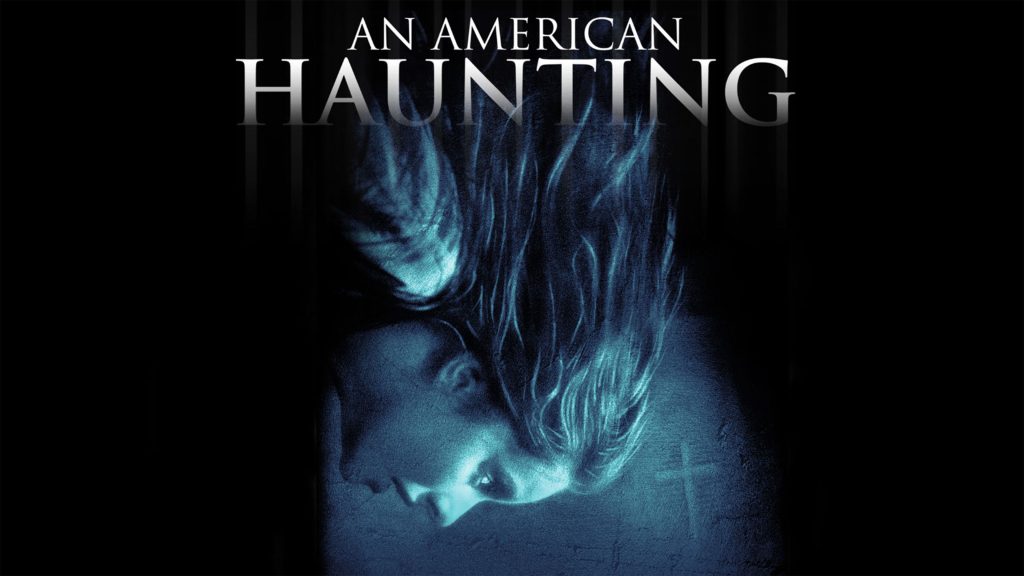
Let us consider for a moment director Courtney Solomon. For years, he fought and struggled to convince all the powers that be to let him write and direct his dream film, Dungeons And Dragons, only to have it end up a critical and financial failure. Solomon intended the movie to be the first of a trilogy, but instead he ended up as a producer to the cheaply-made direct-to-DVD sequel, written and directed by someone else.
Never one to quit, Solomon rebounded in 2006 as writer and director of An American Haunting, based on an alleged true story about the only time in history a ghost caused the death of an individual, and the only haunting officially “recognized” by the U.S. government. Going the independent route, Solomon raised the finances not only to make the film but also to release it nationwide without the aid of a studio. Now on DVD courtesy of Lionsgate, will Solomon’s ghostly sophomore effort be scary good or just plain scary?
It’s the winter of 1818 in Tennessee. After John Bell (Donald Sutherland, The Dirty Dozen) has a land dispute with a neighbor, strange occurrences start happening in his house, with a hostile spirit apparently targeting his young daughter, Betsy (Rachel Hurd-Wood, Peter Pan). As Betsy’s supernatural encounters keep getting more and more traumatic, her caring teacher (James D’Arcy, Exorcist: The Beginning) spends a weekend with the family, in the hopes of finding a solution.
The “supernatural thriller based on actual events” is something of a curious genre. Even if you choose to believe in ghosts and spirits, you’re probably still suspicious of how much of the film is historic truth (probably not much) and how much is Hollywood sensationalism (probably a lot). Does the fact that these were real people make the story more suspenseful, leaving audiences with a feeling that this could happen to them? Or does it make it less suspenseful, holding a filmmaker back from going into full-on horror movie mode? Solomon dances around these questions in the bonus materials, arguing that because there are so many inconsistencies in the historical records, this film is only one version out of many versions of the tale.
Anyone even remotely familiar with ghost stories will know what to expect here. There’s a young girl alone, in her bed at night, hearing strange sounds and voices in the shadows. There are characters roaming slowly through fog-shrouded woods, wondering if someone is following them. There are candles that mysteriously blow out for no reason. There are flashes of thunder and lighting seen through windows with billowing curtains. Yes, these are stock devices used in just about every ghost story, but the film really is at its best when employing them. Although it’s not likely to fill viewers with absolute dread, the ghostly atmosphere here is still nicely done, with the kinds of visuals fans of this genre really groove off of.
Rachel Hurd-Wood does a fine job as the troubled teen girl who suffers from numerous ghostly visits. Her screams and frightened looks carry most of the big set pieces in the film, and her pain and discomfort for what her character is going through is believable. Unfortunately, we never really get to know her before the ghosts come after her, except that she was just a nice young girl. That makes her more of a dramatic object, a “McGuffin,” for the other characters to fret over.
Shouldering most of the dramatic weight, then, is Donald Sutherland a world-weary landowner trying to find some way to keep his family together, and Sissy Spacek (The Straight Story) as his wife, who watches the proceedings from a distance, seemingly knowing more than she lets on. Some might disagree with me on this, but I rather enjoyed Sutherland’s performance here. He’s able to convey a lot of worry and sadness with just a look, and yet does so without betraying his gruff exterior. As he feels more and more helpless as the movie progresses, he goes over the deep end, yet does so without overacting and elaborate scenery chewing. As the girl’s teacher, James D’Arcy keeps viewers guessing about his “special friendship” with her, and what his true intentions might be, creepy or a red herring?
In terms of character arcs, though, not everything ties together. In stories like this, the traditional character arc is skeptic (“I don’t believe in ghosts”) to investigator (“There’s no rational way all these strange things could be happening”) to believer (“I’ll banish the ghost by reading from the ancient Scrolls of Gorzogg”). But in An American Haunting, I don’t see that progression. At first, John Bell believes his vengeful neighbor is behind the hauntings, and he runs off to confront her. His wife talks him out of it, saying, “Don’t be a fool.” After that, there’s a scene in which the local preacher has everyone hold hands and pray for the “demon” to leave the home. But then, in later scenes, Bell still places blame on his neighbor. So, at what point does he make the jump from believing someone is messing with his family to believing that supernatural forces are at work? I’m not sure.
There are a few other questionable directorial choices here. There are a few “ghost’s POV” shots, in which the camera hovers from room to room as the colors fade to black and white and back to color again. These don’t really generate suspense, as seems to be their point, but instead they distract from the drama at hand. Also, there are a few too many dream fake-outs, in which scary scenes are abruptly ended when a character wakes up with a jolt, revealing it to all be a dream. I can forgive using this device once during a movie, but several times is really pushing it.
Fortunately, there is a lot to praise about An American Haunting as well. As I said above, the sense of dark atmosphere is the best thing going for the film. There are plenty of visual flourishes that impress, such as one moment in which the ghost rips open a pillow and sends a storm of feathers flying around the room, or trees in the forest with “God streaks” flowing through the branches, or an impossible-looking but still surprising stunt involving a carriage late in the film. Also, the film moves along at a quick pace, so whenever there might be a plot hole or a clunky scene, it doesn’t last long, and we’re on to more supernatural shenanigans.
The audio and video quality on this disc is excellent. There are a lot of blues in the outdoor scenes and a lot of warm yellows and browns in the indoor scenes, and the transfer shows off both with amazing clarity. Movies like this depend on sound quite a bit, and the sound use here is excellent. When Betsy is alone in her room, hearing odd noises all around her, you’ll have the same sensation, as animalistic growls and whispery voices emit from all five speakers in strategic ways, corresponding to reactions on screen.
The extras start off with what has to be the most bizarre commentary track in history. It’s a “video commentary” like the ones on the DVDs for Mallrats and The Goonies, in which we can see Courtney Solomon in a window on the screen, talking about the movie as he watches it. But then, about five minutes in, he decides he doesn’t want to do a commentary, and instead invites the camera crew to take a drive with him. The movie stops, and we spend the rest of the “commentary” driving around town with the director. He discusses using the importance of the internet to market independent films, and spends a good amount of the time on his thoughts about critics (short version: he doesn’t have a very high opinion of them). The bad news is, there’s almost no discussion of the movie itself, such as the script, the actors, the special effects, or into about the real legend this is based on.
For the rest of the extras, there are a number of alternate and deleted scenes, where Solomon has wisely removed needless exposition from the film, a few short featurettes created for the movie’s official Web site, an awkward interview between Solomon and Spacek in which she describes to him a scene from the movie as if he’s never seen it, the theatrical trailer and TV spots, and some trailers for other Lionsgate releases.
Warning: potential controversy ahead. It’s pre-Civil War in the South, so that means mentions of slavery. The Bells are slave owners, and there’s even one flinch-worthy reference to whipping a slave. No slaves are shown being mistreated during their few scenes, thankfully, but they are shown to be a superstitious bunch, providing a key piece of supernatural knowledge that comes to play later in the movie. So what are we to make of this? Historical accuracy? God-awful stereotyping? Clunky, forced foreshadowing? You decide.
An American Haunting does its job. It’s a gloomy, atmospheric ghost story. It’s well made and well acted. Unfortunately, it also brings nothing new to the table. It’s fun to watch, but more or less forgettable in the end. A big round of applause to Courtney Solomon, though, who has shown much improvement as a director. If he continues on this path, he might become one of our best genre filmmakers in the future.
For more movies visit Soap2day.
